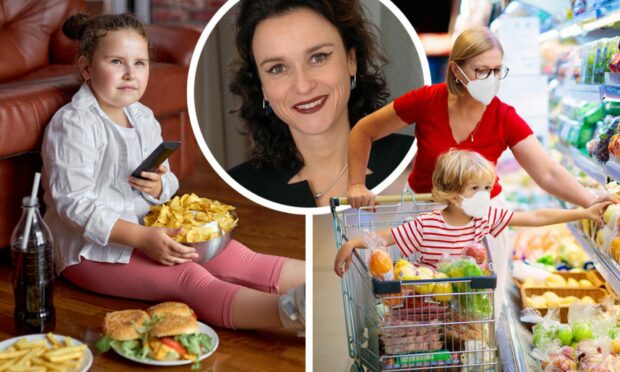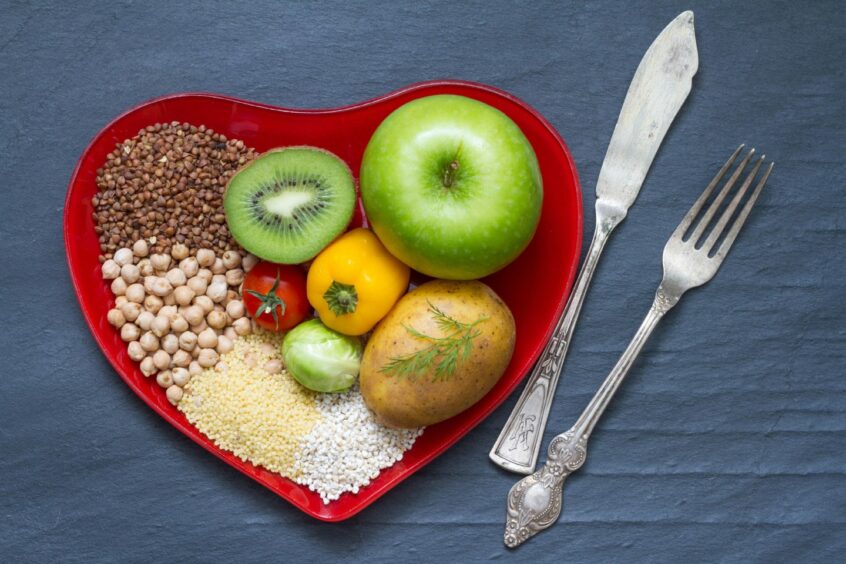A leading nutrition researcher from the Rowett Institute has warned of the impact of the cost-of-living crisis on the obesity epidemic.
Professor Alexandra Johnstone said rising food insecurity was fuelling the consumption of highly-processed foods high in energy density, fat, sugar, and salt.
In a paper published in the journal Obesity, she called for improved policy, behavioural interventions, retail strategies and the need for actionable evidence to address dietary inequalities in people living with obesity and food insecurity.
Dietary choices influenced by cost
Prof Johnstone explained: “In the UK, healthier foods are three times more expensive per calorie than unhealthy foods – and it has been shown that food sources of protein, fibre, vitamins and minerals cost more.
“As a result, the dietary choices of those on the lowest incomes are often limited to a low-price, high-energy combination, which, in the long term, can promote weight gain – especially when combined with a sedentary lifestyle.”
The cost-of-living crisis has accelerated this trend, Prof Johnstone said, highlighting research showing two in five UK consumers are worried about being able to afford to buy food in the next month.
She added: “The scale of the problem is becoming clear, with a sharp increase in food insecurity since the Covid-19 pandemic.
“In September 2022, 25% of households with children were reported as being food insecure. This is a staggering 2.5-fold increase in the number of households experiencing food insecurity since January 2021.
The current status quo is a ticking time bomb that needs to be urgently addressed.”
“For families on low income, the poorest fifth of the UK population need to spend 47% of their disposable income to consume a healthy diet, according to the NHS Eatwell Guide, in contrast to 11% needed by the richest fifth.”
With an estimated two-thirds of UK adults already overweight or obese, Prof Johnstone argued it is time to recognise the true cost of this.
She continued: “Poor diet is the primary risk factor for cardiovascular diseases and type 2 diabetes. The current status quo is a ticking time bomb that needs to be urgently addressed.
“But the intersection between low income and obesity is more complex than simply the ‘energy in–energy out’ concept.
“If the UK Government’s obesity strategy is not maintained, then it will likely widen the existing health inequality gap even further – with the potential to worsen the health of the public and increase the prevalence of obesity in both adults and children.
“Urgent action is needed to find evidence-based solutions to deliver safe, healthy, affordable food – regardless of where people live or how much they earn.”
Read more: Rowett Institute plays leading role in tackling global food challenges


